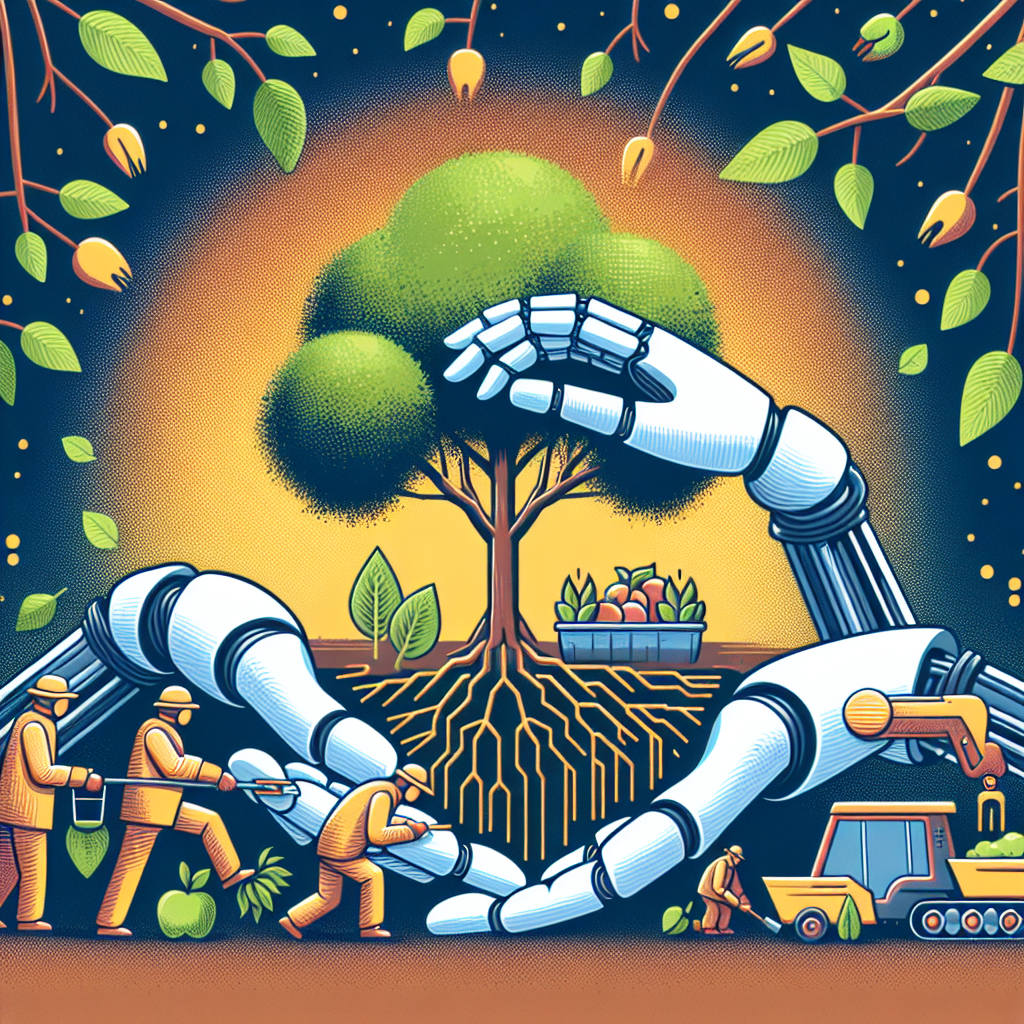Artificial Intelligence (AI) has become a powerful tool in revolutionizing philanthropic efforts and driving social good. From addressing global challenges such as poverty, healthcare, education, and climate change, AI is being utilized by nonprofits, governments, and businesses to maximize their impact and make a difference in the world. By leveraging the capabilities of AI, organizations are able to analyze vast amounts of data, identify patterns and trends, and make data-driven decisions that can drive positive change and create a better future for all.
One of the key ways in which AI is making a difference in philanthropic efforts is through predictive analytics. By using AI algorithms to analyze historical data, organizations can predict future trends and events, allowing them to identify areas of need and allocate resources more effectively. For example, organizations can use AI to predict disease outbreaks, natural disasters, or economic downturns, enabling them to proactively respond and provide aid to those in need.
AI is also being used to personalize philanthropic efforts and engage donors in a more meaningful way. By analyzing donor data and behavior, organizations can tailor their fundraising campaigns to target specific groups of donors, increasing the likelihood of donations and maximizing the impact of their efforts. AI-powered chatbots and virtual assistants are also being used to provide personalized support and information to donors, making it easier for them to contribute to causes they care about.
Furthermore, AI is being used to improve the efficiency and effectiveness of social programs and services. By automating repetitive tasks and processes, organizations can free up resources and staff to focus on more strategic initiatives. AI-powered tools such as chatbots, predictive analytics, and natural language processing are being used to streamline operations, improve communication, and deliver services more efficiently to those in need.
In the field of healthcare, AI is being used to revolutionize medical research, diagnosis, and treatment. By analyzing vast amounts of patient data, AI algorithms can identify patterns and trends that can lead to earlier detection of diseases, more accurate diagnoses, and personalized treatment plans. AI-powered robots are also being used to assist in surgeries, deliver medication, and provide care to patients, improving outcomes and reducing healthcare costs.
In education, AI is being used to personalize learning experiences and improve student outcomes. By analyzing student data and behavior, AI algorithms can identify areas of weakness and provide targeted interventions to help students succeed. AI-powered tutoring systems, adaptive learning platforms, and virtual classrooms are also being used to provide personalized support and resources to students, regardless of their geographical location or socioeconomic status.
AI is also being used to address environmental challenges and promote sustainability. By analyzing environmental data, AI algorithms can identify areas of concern, track changes over time, and predict future trends. AI-powered drones and sensors are being used to monitor air and water quality, detect deforestation, and track wildlife populations, enabling organizations to take proactive measures to protect the environment and mitigate the effects of climate change.
In addition to its impact on philanthropic efforts, AI is also raising ethical and social implications that need to be addressed. Questions around data privacy, bias in algorithms, job displacement, and the impact of AI on society are being raised by experts and policymakers. It is crucial for organizations to be transparent and accountable in their use of AI, and to ensure that the benefits of AI are equitably distributed among all members of society.
Overall, AI has the potential to revolutionize philanthropic efforts and drive social good in ways that were previously unimaginable. By harnessing the power of AI, organizations can make a greater impact, reach more people in need, and create a more sustainable and equitable future for all.
FAQs:
Q: How is AI being used in philanthropic efforts?
A: AI is being used in philanthropic efforts in a variety of ways, including predictive analytics, personalized fundraising campaigns, efficiency improvements, and personalized services.
Q: What are some examples of AI being used in healthcare?
A: AI is being used in healthcare to revolutionize medical research, diagnosis, and treatment. Examples include AI algorithms that analyze patient data to identify patterns and trends, AI-powered robots that assist in surgeries, and AI-powered tools that personalize treatment plans.
Q: How is AI being used in education?
A: AI is being used in education to personalize learning experiences and improve student outcomes. Examples include AI algorithms that analyze student data to provide targeted interventions, AI-powered tutoring systems, and adaptive learning platforms.
Q: What are some examples of AI being used in environmental conservation?
A: AI is being used in environmental conservation to identify areas of concern, track changes over time, and predict future trends. Examples include AI algorithms that analyze environmental data, AI-powered drones and sensors that monitor air and water quality, and AI-powered tools that track wildlife populations.

